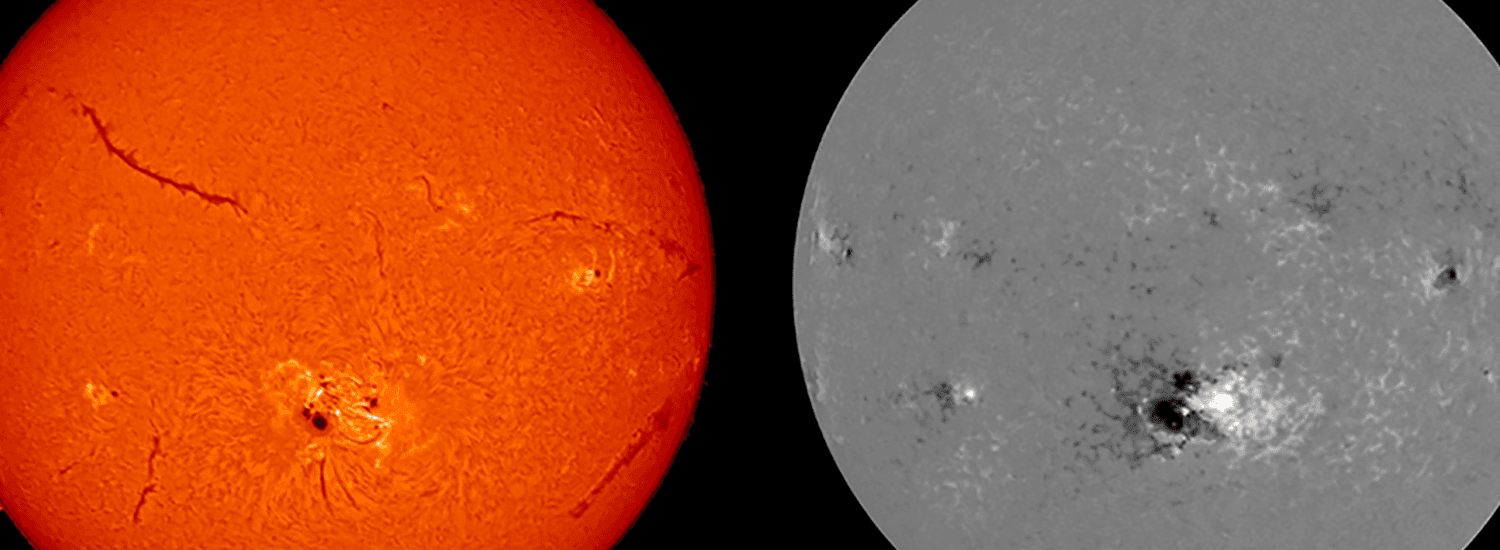NOAA now hosts key space weather data
CIRES scientist manages transition of critical data processing for forecasts of solar “storms” that can impact Earth’s tech infrastructure

As modern technology leans more and more on space-based assets and humans draw up plans to return to the moon and beyond, we increasingly depend on forecasts and alerts to understand how the stormy sun will impact us on Earth.
Today, the National Solar Observatory and NOAA announced completion of a joint venture to transition to operations critical data processing used for space weather forecasts—those that forecast how solar activity will affect power grids, satellites, communications systems, navigation and even the health of astronauts. NOAA’s Space Weather Prediction Center (SWPC) is now responsible for processing and disseminating a dizzying array of data that describe current conditions on the sun, gathered from six stations around the world. As every terrestrial weather forecaster will tell you: A good forecast starts with great observations of current conditions.
Since 2006, the National Science Foundation’s National Solar Observatory (NSO) has provided continual, real-time observational data of solar activity through its global GONG network. CIRES’ Andy Marble, a research scientist who previously managed the processing of that data at NSO, now does so at NOAA’s Space Weather Prediction Center. The data have become an integral part of space weather forecasting, and it makes sense for the agency to assume responsibility for their handling.
“The data processing is rather involved, and its successful operationalization is the result of a lot of hard work by many people at both SWPC and NSO,” said Marble.
“Our forecasters use imagery from GONG to monitor solar activity, such as solar flares, and for situational awareness,” said Brent Gordon, Chief of the Space Weather Services Branch at the Space Weather Prediction Center. “The transition of these data streams to “operational” status will ensure robust delivery of the observations to space weather forecasters, something that is not feasible using research infrastructure.”
More from the NSO, NSF and NOAA.